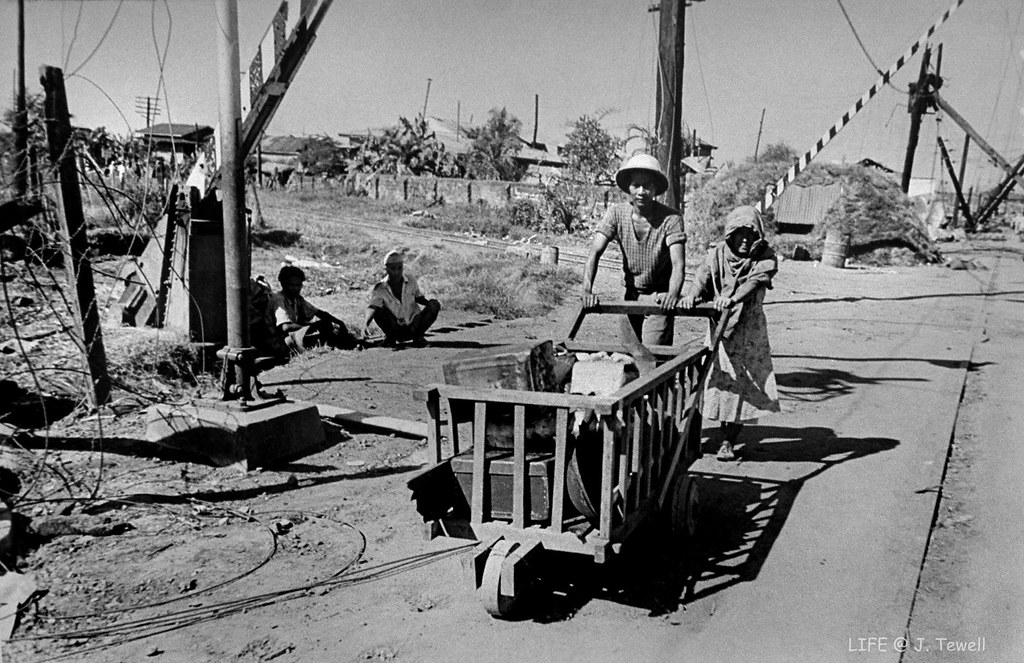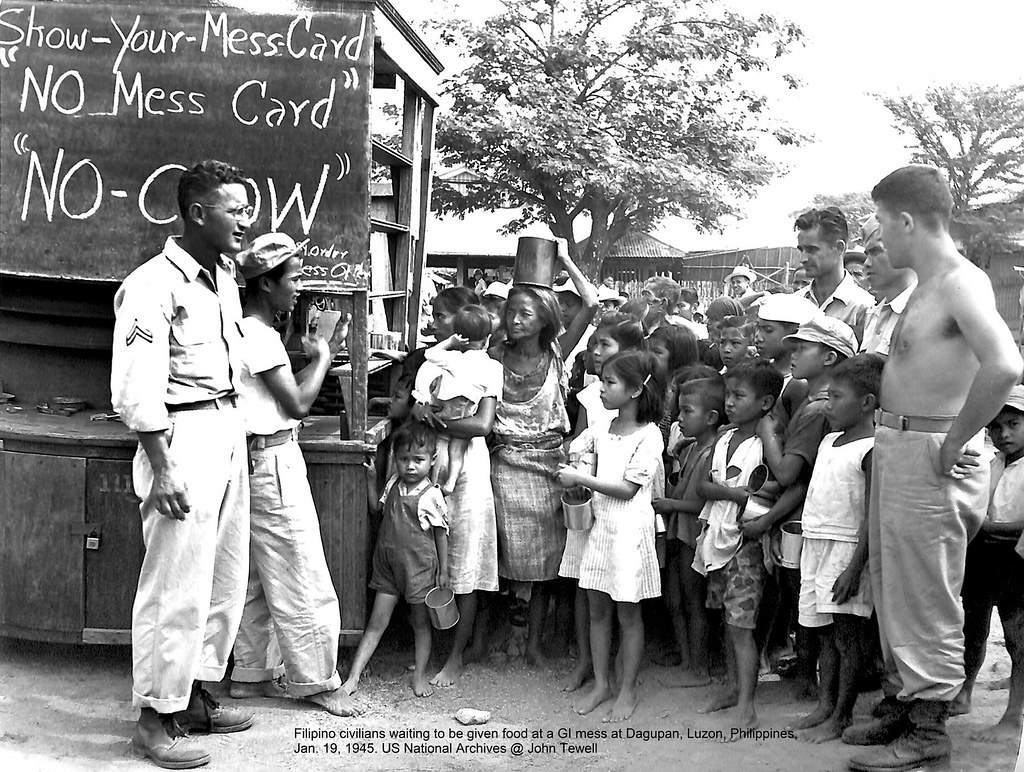Discover the diverse ways Filipinos say “Mabuhay” and respond in greetings with these 20 unique expressions.
Understanding “Mabuhay”
“Mabuhay” is more than just a simple greeting in the Philippines. It embodies hospitality, warmth, and well-wishes. Filipinos use “Mabuhay” to greet visitors, express good luck, and celebrate life. When someone says “Mabuhay” to you, you can respond with “Mabuhay ka rin” to return the good wishes.
This exchange is a common practice in Filipino culture, similar to how “Aloha” is used in Hawaii. Understanding the significance of “Mabuhay” will help you appreciate the rich language and culture of the Philippines. So, the next time you hear someone say “Mabuhay”, remember to respond with equal warmth and sincerity.
Greetings for Friends: “Kumusta ka?”
When greeting friends in the Philippines, you can simply say “Kumusta ka?” which means “How are you?” in English. This is a casual and friendly way to greet someone and start a conversation. It shows that you care about their well-being and are interested in how they are doing.
This phrase is commonly used in everyday conversations among friends and is a great way to show respect and build rapport with others. So, the next time you see a friend, don’t forget to greet them with a warm “Kumusta ka?” and start your conversation on a positive note. Mabuhay!
Casual Queries: “Anong balita?”
“Anong balita? ” is a casual way of saying “What’s the news? ” in Filipino. It is commonly used as a greeting to ask someone how they are or what’s new in their life.
When responding to this query, you can simply share any updates or news you have. This phrase shows that you are interested in the other person’s well-being and current affairs. In Filipino culture, it’s important to show **attention** and care towards others in your greetings. So next time someone asks you “Anong balita?
” feel free to share what’s on your mind.
Warm Welcomes: “You are welcome”
In the Philippines, a warm welcome is often expressed with the phrase “You are welcome. ” This simple yet heartfelt response is a common way for Filipinos to show hospitality and kindness to others. It is a way of acknowledging gratitude and making others feel appreciated. Whether in person or through text messaging, “You are welcome” is a versatile phrase that can be used in various social situations.
It reflects the friendly and welcoming nature of Filipino culture, where **hospitality** is highly valued. So next time someone says “Thank you” to you, don’t forget to respond with a sincere “You are welcome.
Expressing Good Wishes: “Long life, brother”
“Long life, brother” is a common Filipino greeting that expresses good wishes for someone’s well-being. Filipinos often use this phrase to show their care and concern for their loved ones. This greeting reflects the strong sense of community and family ties in Filipino culture. When someone responds to this greeting, they may simply say “Salamat” which means thank you. This exchange of good wishes is a way to spread positivity and kindness among friends and family members. In Filipino culture, expressing good wishes is a way to show respect and love towards others.
Tropical Greetings: “Aloha”
In the Philippines, “Mabuhay” is a common way to say hello and welcome. Other ways to greet in Filipino culture include “Kamusta” and “Magandang araw. ” When responding to greetings, Filipinos often reply with “Mabuti” or “Maayong buntag. ” Similar to “Aloha” in Hawaiian culture, “Mabuhay” is not just a greeting but also a way of showing respect and hospitality.
It is important to pay attention to the tone and context when using greetings in different languages, as it can convey different meanings. Whether it’s in English, Spanish, or Filipino, a warm greeting can bring luck and positive energy to your interactions.
International Farewells: “Ciao!”
When bidding farewell in an international setting, Filipinos may use the word “Ciao” – borrowed from the Italian language. This word reflects the diverse linguistic influences on Filipino culture, which is seen in the variety of ways Filipinos say “Mabuhay” and respond in greetings. Whether it’s a casual “Hi” in English, or a warm “Aloha” from the Hawaiian language, Filipinos are adept at adapting to different linguistic contexts. With the rise of text messaging, abbreviations like “TC” for “Take care” have also become common in Filipino communication.
Embracing these diverse greetings allows Filipinos to connect with others from around the globe.
Wishing Well: “Have a great day”
When someone says “Have a great day” in the Philippines, they may respond with “Salamat” which means “Thank you” in Filipino language. This exchange is a common way to wish someone well and show gratitude in Filipino culture. It’s a simple yet meaningful way to acknowledge someone’s kind words and good wishes. In the English language, this phrase is a friendly and positive way to start the day. Whether in Hawaii or the Philippines, the sentiment behind these words is universal – wishing someone a day filled with happiness and positivity.
Parting Words: “See you later, man”
“See you later, man” is a casual and friendly way Filipinos say goodbye to their friends or acquaintances. This phrase reflects the warmth and informality that is often present in Filipino culture. It is a simple yet heartfelt way to part ways with someone, showing that you look forward to seeing them again in the future. Whether in English, Filipino, or another language, the sentiment remains the same – a hope for future encounters and continued connections. So next time you bid someone farewell, remember to add a touch of Filipino warmth with “See you later, man”.
Toasting Together: “Cheers”
Whether it’s “Cheers”, “Mabuhay”, or “Kampai”, toasting together is a universal way of celebrating and showing camaraderie. In Filipino culture, saying “Mabuhay” is a common greeting that signifies welcoming and well-wishes. When someone says “Mabuhay” to you, the appropriate response is to reciprocate the greeting by saying “Mabuhay din” or simply “Mabuhay”. This exchange is a way of acknowledging each other’s presence and wishing each other a good life. So next time you raise your glass or offer a toast, remember the significance of saying “Mabuhay” and responding in kind.
Cheers to new beginnings and lasting friendships!
Mutual Goodwill: “Wish you the same”
In Filipino culture, expressing mutual goodwill is a common practice in greetings. When someone says “Mabuhay” to you, you can simply respond with “Wish you the same. ” This exchange reflects a sense of respect and positivity towards each other. It’s a simple yet meaningful way to acknowledge the well-being and good wishes of the other person. This practice is similar to the Hawaiian concept of “aloha” and the Spanish phrase “igualmente” which also convey mutual goodwill in greetings.
The use of these phrases fosters a sense of connection and warmth in interactions.
Expressing Gratitude: “Thank you”

When expressing gratitude in Filipino culture, saying “Salamat” is a common way to say “thank you.” This word is used in various situations to show appreciation for someone’s help or kindness. Another way to express gratitude is by saying “Maraming salamat,” which means “thank you very much.”
In addition to verbal expressions, Filipinos also show gratitude through actions such as giving gifts or helping out in return. It is important to acknowledge someone’s kindness and show appreciation in Filipino culture. Saying “Salamat” is a simple yet meaningful way to express gratitude in the Philippines.
Positive Send-offs: “Good day”
In the Philippines, saying “Good day” is a common way to bid farewell to someone. It is a polite and positive send-off that shows respect and well-wishes. Other ways Filipinos say goodbye include “Ingat” (Take care) and “Paalam” (Goodbye). These phrases emphasize the importance of safety and good intentions.
Responding to greetings with “Mabuhay” (Live) or “Salamat” (Thank you) shows appreciation and warmth. The diverse cultural influences in the Philippines, including Spanish, English, and indigenous languages, have shaped the unique ways Filipinos express greetings and farewells. Embracing these customs can help build connections and foster positive interactions.
Historical Salutes: “Long live the king!”

“Historical Salutes: ‘Long live the king! ‘ is a traditional phrase used by Filipinos to show respect and admiration for their leaders. This greeting reflects the country’s long history of monarchy and colonial rule. Filipinos also use this phrase as a way to show their loyalty and support for their government.
In modern times, ‘Long live the king! ‘ continues to be used in formal occasions and ceremonies to honor important figures in society.
Departing Remarks: “Bye”
Departing remarks can vary among Filipinos, with “Bye” being a common way to say goodbye. It is a simple and straightforward way to bid farewell to someone. In the Filipino culture, saying goodbye is often seen as a polite gesture to acknowledge the end of a conversation or interaction. It is a way to show respect and gratitude towards the other person. So the next time you are parting ways with a Filipino, a simple “Bye” will suffice to end the interaction on a positive note.
Checking In: “Musta?”

In the Philippines, asking “Musta? ” is a common way to say hello and check in on someone’s well-being. This casual greeting is a shortened form of “Kamusta? ” which means “How are you? ” in Filipino. It is often used in informal settings and among friends and family.
When responding to “Musta? ” you can simply say “Okay lang” which means “I’m okay” or “Mabuti naman” which means “I’m fine. ” This exchange of greetings shows a genuine interest in the other person’s welfare and is a way to establish rapport and connection. It reflects the warmth and hospitality that is characteristic of Filipino culture.
Encouraging Success: “Good luck”
“Good luck” in Filipino is “suwerte ka” or “swerte ka. ” This phrase is often used to encourage someone’s success in a variety of situations. When someone says “suwerte ka” to you, you can respond with “salamat” which means “thank you. ” Acknowledging well-wishes and expressing gratitude are important aspects of Filipino culture.
By using these phrases, you can show respect and appreciation for the support and encouragement given to you. Embracing these customs can help foster positive relationships and create a supportive community around you.
Regular Encounters: “See you around”
“See you around” is a common way for Filipinos to say goodbye in casual encounters. It implies a future meeting without specifying a time or place. This phrase is often used in English conversations among Filipinos, reflecting the influence of the language in daily interactions.
It is a friendly and informal way to acknowledge that you will cross paths again without making concrete plans. This phrase is similar to the Hawaiian saying “A hui hou” or the Spanish “Hasta luego,” both of which also convey a sense of seeing each other again in the future. “See you around” is a versatile phrase that can be used in various social settings to bid farewell.
Celebratory Exclamations: “Hurray”

Filipinos express celebratory exclamations with the word “Hurray! ” This enthusiastic exclamation is often used to express joy, excitement, or success in various situations. When greeting someone, Filipinos may respond with “Mabuhay! ” which translates to “Long live! ” in English.
This traditional Filipino greeting is used to welcome guests or show hospitality. In addition to “Mabuhay,” Filipinos may also respond with “Kamusta ka? ” which means “How are you? ” in English. These greetings reflect the warm and welcoming nature of Filipino culture, influenced by a mix of languages such as Spanish, English, and Filipino.
Celebrate with a hearty “Hurray! ” and greet with a heartfelt “Mabuhay! ” in true Filipino style.

